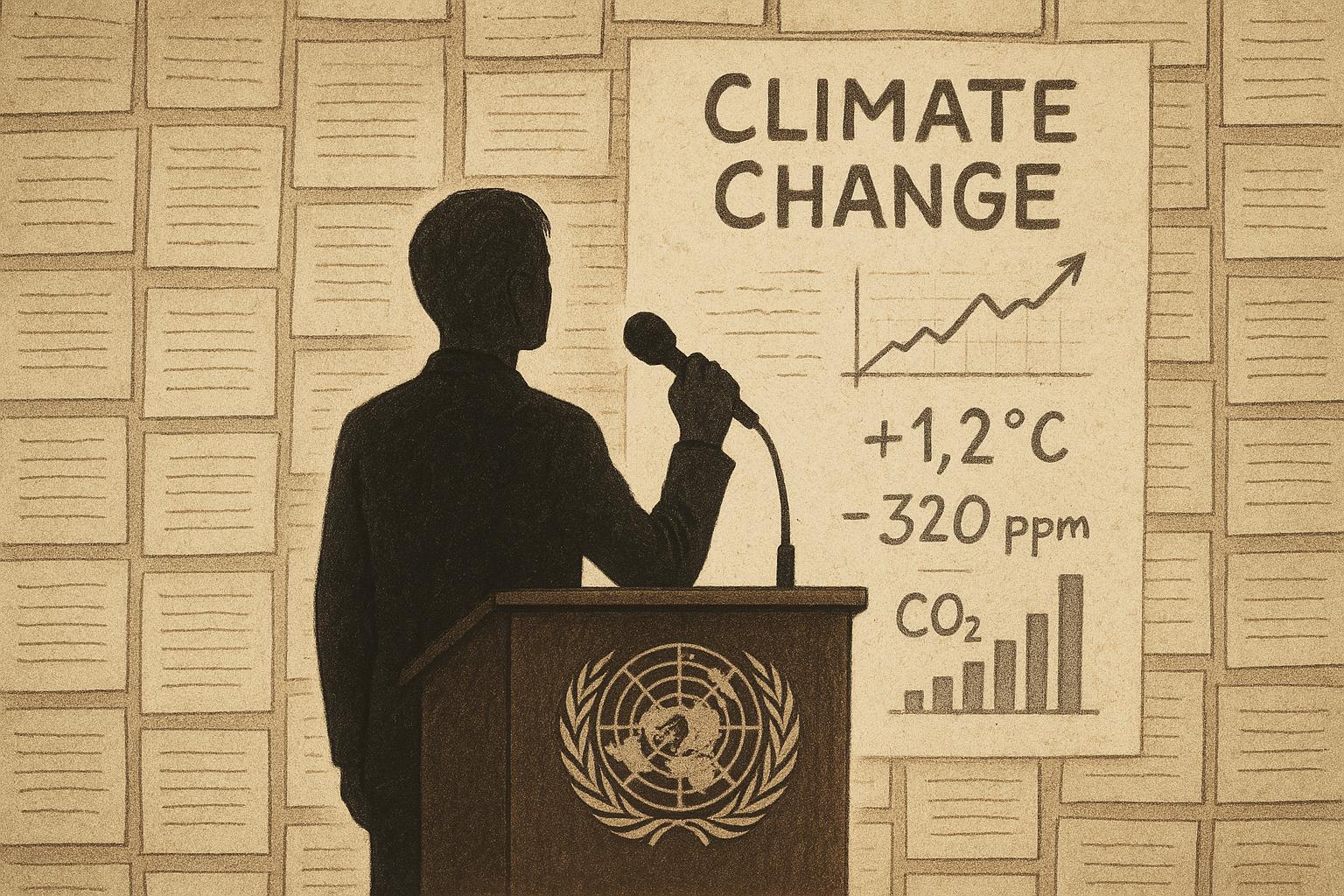The UK Prime Minister Keir Starmer has reaffirmed the country’s commitment to addressing the climate crisis, positioning the UK as a leader in the global effort to transition to a low-carbon economy. Speaking ahead of the COP30 climate summit in Belém, Brazil, Starmer emphasised that the shift to clean energy will not only tackle environmental challenges but also deliver lower energy bills, stimulate economic growth, and foster national renewal. His government views the development of the green economy as a pivotal economic opportunity, with growth in this sector outpacing others across the UK.
Starmer is expected to announce new investments in the UK’s low-carbon economy, reinforcing the government's strategy to build a sustainable future while generating jobs and opportunities. This builds on previous commitments, such as a £300 million injection to expand the offshore wind industry, aimed at securing energy independence and meeting the government's target to produce all electricity from renewable sources by 2030. Additionally, Finance Minister Rachel Reeves announced a separate investment of £28.6 million from the UK National Wealth Fund to support a carbon capture initiative focussing on reducing industrial emissions in central and northern England. This project is part of a broader £21.7 billion commitment over 25 years to advance carbon capture and storage technologies critical to achieving net-zero emissions by 2050.
However, despite this proactive stance, the UK’s position has been complicated by its decision not to contribute, at least initially, to Brazil’s Tropical Forests Forever Facility (TFFF) ahead of COP30. The TFFF is a flagship initiative proposed by Brazilian President Lula da Silva and aims to raise $125 billion to preserve tropical forests and incentivise long-term forest protection through blended finance involving public and private investors. While Germany and Norway are active supporters, the UK government regards the TFFF as an early-stage venture that requires further proof of concept before committing funds, reflecting concerns raised by some academics and experts over the fund’s structure.
Starmer’s reluctance to back the TFFF may cause diplomatic tensions with Brazil, where the UK delegation’s stance contrasts with prominent figures such as Prince William, who is involved with the Earthshot Prize that has nominated the fund. The situation highlights the complexity and sensitivities involved in international climate finance and forest conservation efforts, which continue to be a contentious topic amid urgent calls for global cooperation.
The UK government’s environmental agenda is further nuanced by its scrapping of the proposed taxonomy for green investments—a framework designed to guide sustainable financial activities. Citing concerns over the taxonomy’s complexity and limited effectiveness in tackling greenwashing, UK finance officials have opted to focus on alternative strategies to promote green investments, aligning with a broader European trend to simplify sustainability reporting.
Despite such challenges, Starmer’s administration maintains confidence in the UK's ambitious emissions-cutting goals, which exceed many other major economies. Key global players like China still face criticism for weaker plans, and the European Union only recently agreed on a contentious target of 66.25% to 72.5% emissions reductions by 2035—figures some environmental groups found insufficient. In contrast, the UK market and political leadership stress that climate action and economic growth can be mutually reinforcing, with the government having already attracted £50 billion in clean energy investments since the last election.
The upcoming COP30 summit promises to be a litmus test of the UK's climate leadership claims as it navigates diplomatic complexities and seeks to mobilise investment in green technologies. Starmer’s attendance at the summit underscores his commitment to reasserting the UK’s role on the international stage, advocating for robust climate policies while balancing national economic interests.
📌 Reference Map:
- [1] (The Guardian) - Paragraphs 1, 3, 5, 7, 8, 9
- [2] (The Guardian) - Paragraphs 1, 2
- [3] (Reuters) - Paragraph 2
- [4] (Reuters) - Paragraph 4
- [5] (Wikipedia) - Paragraph 3
- [6] (AP News) - Paragraph 2
- [7] (Reuters) - Paragraph 1, 7
Source: Noah Wire Services
